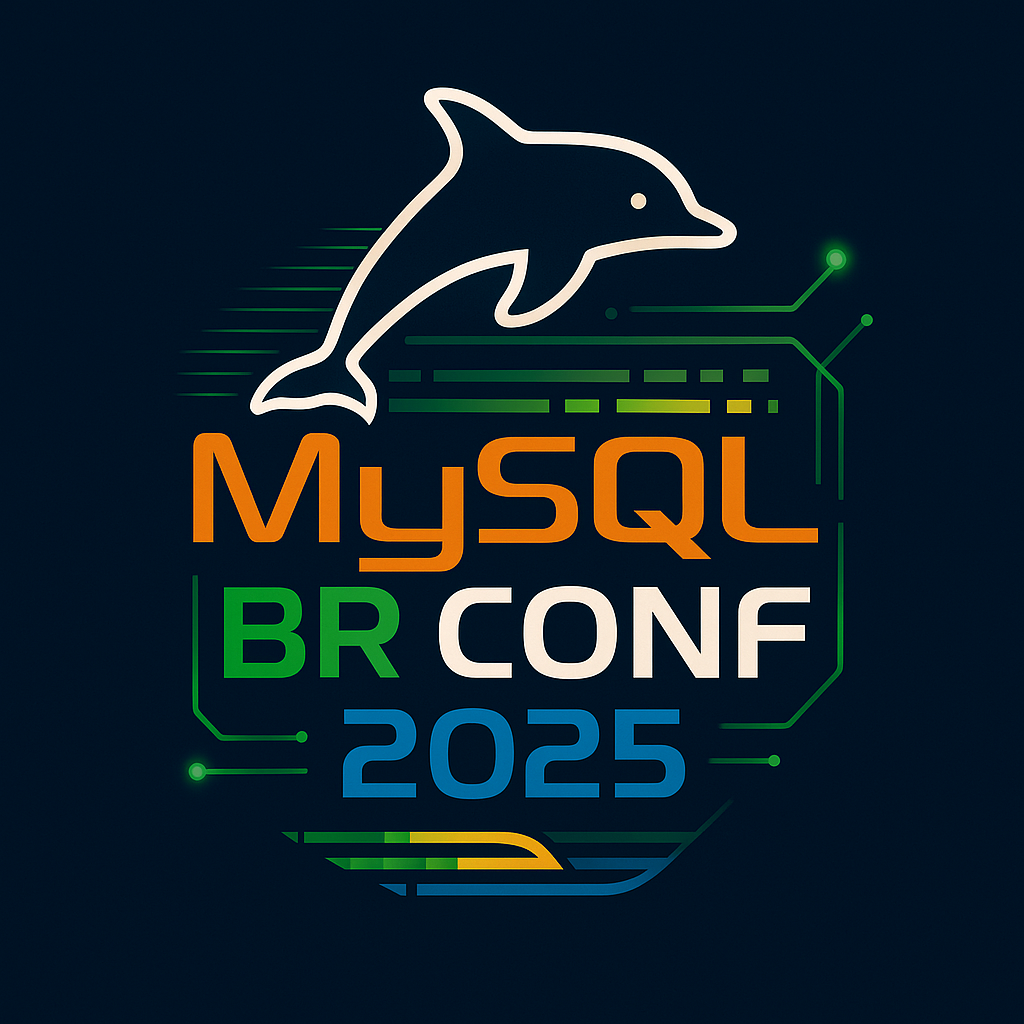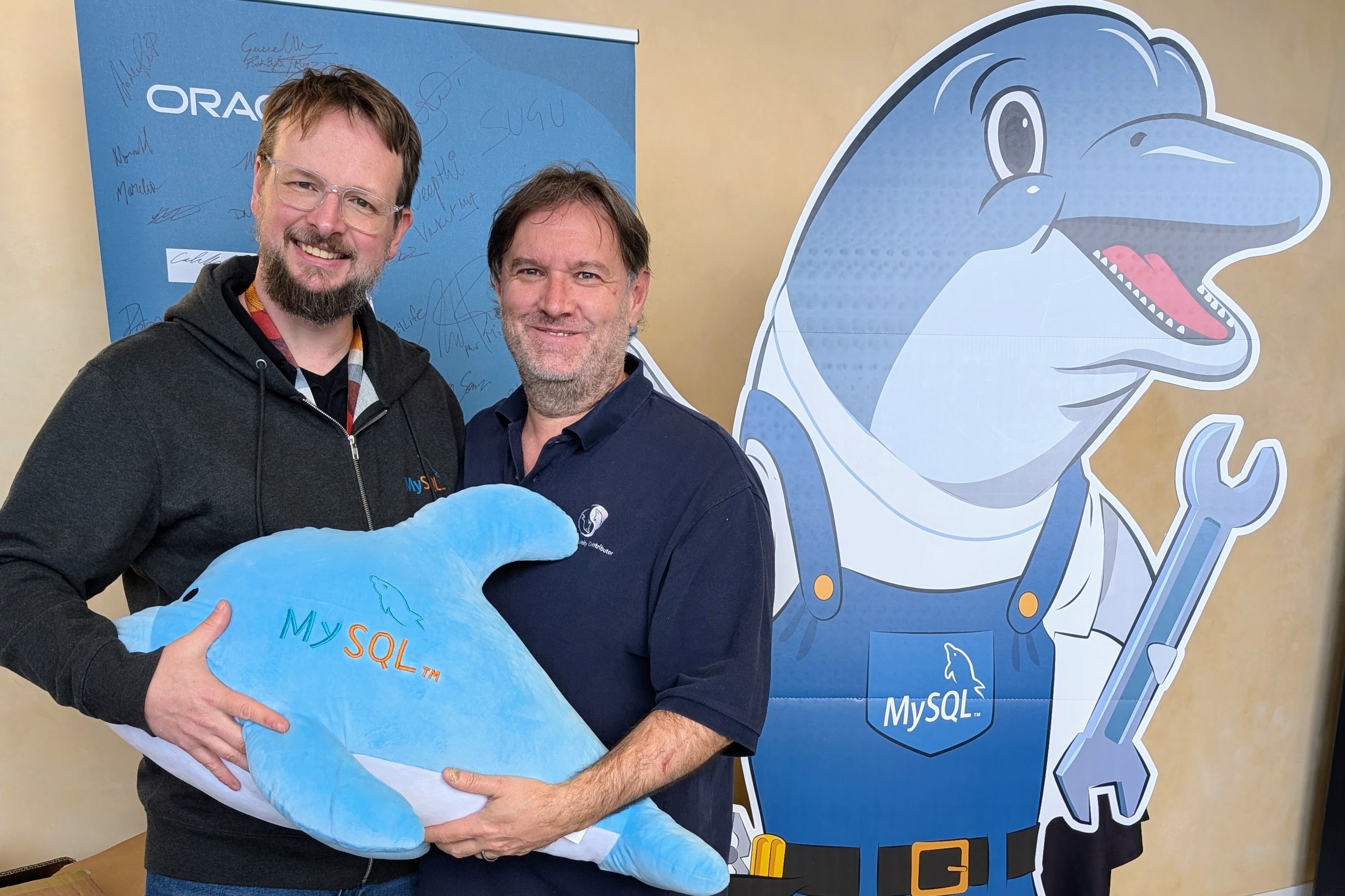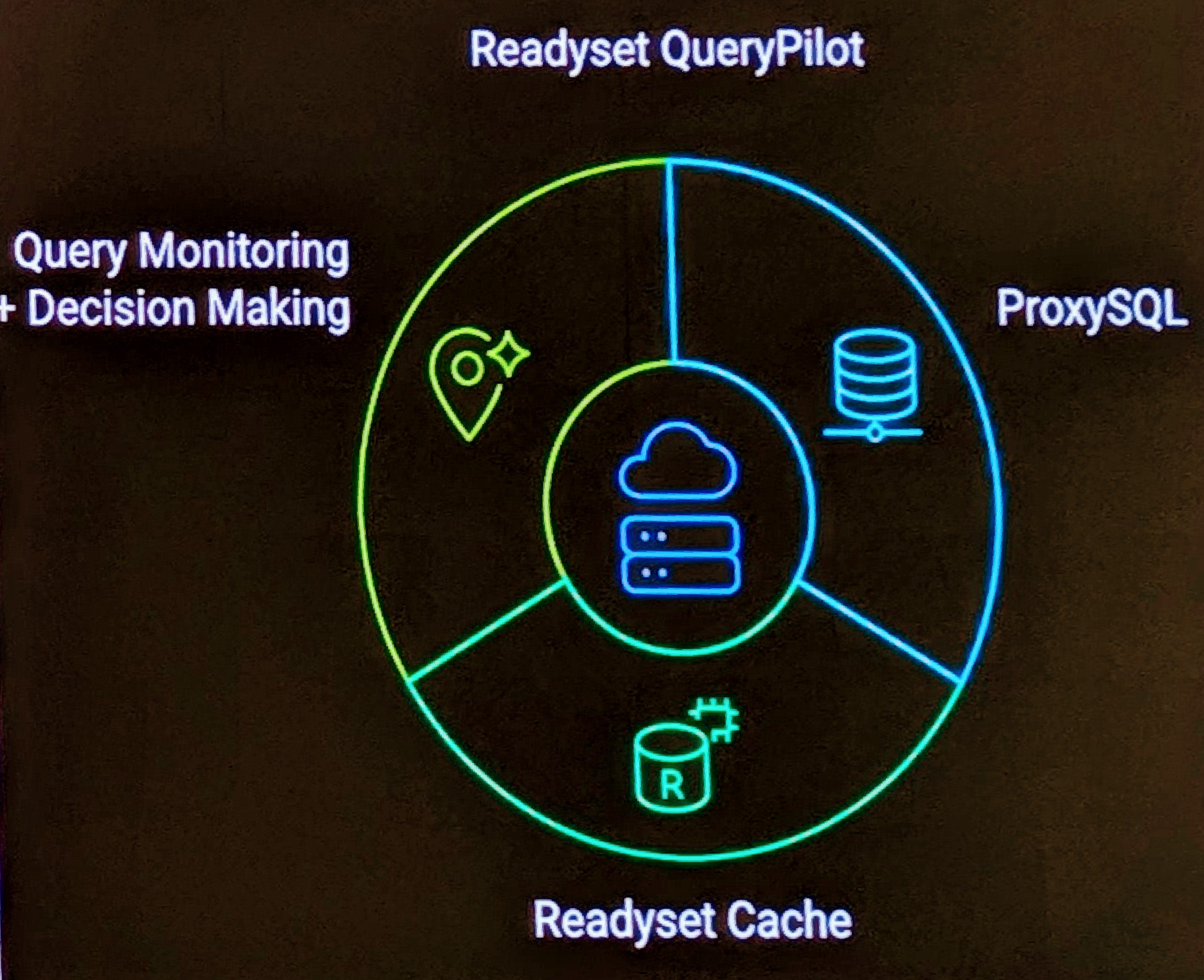I made reference previously to Testing/Trialing new MySQL Releases using VMWare.
Well, I’ve just about completed my own Image for the lastest MySQL 5.0 (given I’m now running MySQL 5.1). I’m interested in sharing my experiences, and even providing some images for users if there is any demand out there.
What I’ve decided on is to use the VMWare supplied Browser Appliance which is Ubuntu 5.10. The great thing is the image autoboots into graphical mode, auto logins and loads a browser. My goal now is to get a suitable startup page describing the MySQL environment, links, manual etc.
The only requirements to run would be the  Free VMware Player and a latest image.
Free VMware Player and a latest image.
I’m looking at providing a FTP and RSYNC download. Those savvy people will benefit a lot more from RSYNC when the image is upto 500MB.
I’m interested to know if anybody else would use this with the lastest 5.0, 5.1, 5.2 etc versions. Also, would it be of benefit to include other MySQL products such as Query Browser, Administrator, Workbench.


